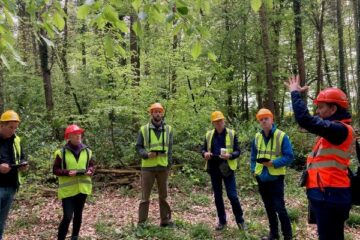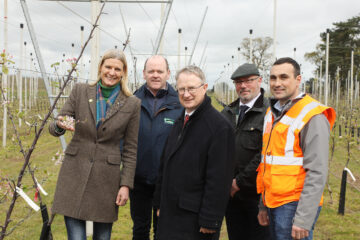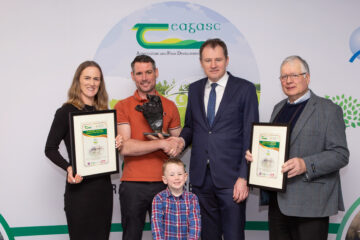A new study by Teagasc has indicated a long-term reduction of fertiliser use on Irish farms.
The Fertiliser Use Survey is based on analysis of over a decade’s worth of data collected by the Teagasc National Farm Survey.
It covers the years 2005 to 2015, a period when Ireland has been bound by the EU Nitrates Directive regulations governing fertiliser use.
The study, published today (May 30th), focuses on the usage of nitrogen, phosphorus, potassium and lime, with detailed analysis, by farm system, land use class, stocking rate, nitrate zone and agri-environment scheme participation.
Nitrogen, phosphorus and potassium fertiliser application rates on grassland tended to be between 11-16% higher at the start of the study period compared to the end.
More dramatic declines in application rates were noticeable in the mid-study period (23-52%).
The years of lowest grassland fertiliser use (2008-09) coincided with the period of highest fertiliser prices, while higher than average period application rates in 2013-2014 were associated with the aftermath of a national fodder shortage.
Similarly, the report finds that fertiliser application rates on cereal land were lower in the higher price period of 2008-09.
Comparing 2005 with 2015, showed that nitrogen application rates on cereal land actually increased by about 10%.
Phosphorus application rates on cereal land in 2015 were broadly in line with usage levels in 2005. Potassium application rates on cereal land showed the largest increase, up 33 percent in 2015 relative to 2005.
The large impact which agri-environmental scheme membership has on fertiliser usage is also evident in the study.
Fertiliser application rates on grassland were on average 36% lower for farms participating in an agri-environment scheme.
Nitrogen, phosphorus and potassium application rates for the main cereal crops for agri-environment scheme participants were on average 15%, 10% and 3% lower respectively, over the study period.
A concern raised by the study is that few farms are engaged in ongoing lime application from year to year.
Adequate liming is essential to achieve optimum soil pH levels in order to maximise the effectiveness of fertilisers.
It is notable that on average just over 20% of farms used lime year-on-year over the study period.
The lowest rate of liming was evident in 2006 at just 16% of the farm population and the highest liming rate over the period was recorded in 2013 at 26% of total farms.



